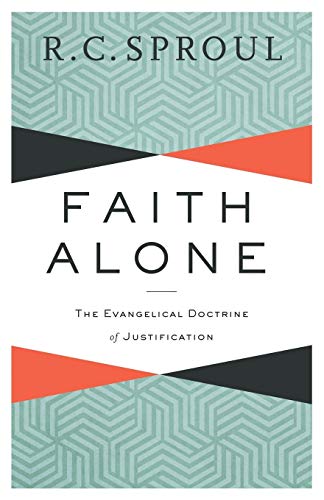No Other Gods: Christian Belief in Dialogue with Buddhism, Hinduism and Islam
Written by Hendrik M. Vroom Reviewed By Eric G. FlettHendrik Vroom is Professor of the Philosophy of Religion at the Faculties of Theology and Philosophy of Vrije Universiteit in Amsterdam. He has written widely on religious pluralism and interreligious dialogue, his most recent publication being Religions and the Truth: Philosophical Reflections and Perspectives(Eerdmans, 1989). No Other Gods takes the concerns of Religions and the Truth to a more personal and practical level.
Vroom describes himself as a Protestant ‘within the broader ecumenical movement’ and considers both the strengths and weaknesses of Buddhism (Zen), Hinduism and Islam from this perspective. Though not intended as an academic book, it can be difficult reading at times, especially for those unfamiliar with the faiths he discusses.
The primary goal of the book is to introduce readers to ‘critical dialogue’, by exploring its conceptual framework and demonstrating in a concrete manner what it looks like. Vroom selects concepts from each of the faiths, elucidates and critiques them, and then offers hypothetical rejoinders from each. His critiques are based primarily on the ability of the concepts under scrutiny to be validated upon pragmatic or philosophical grounds, such as: does this idea enable the critique of an unjust society? or, is this idea logically consistent with others in the same system? He closes the book with a chapter dedicated to more general questions related to interreligious dialogue: do all religions refer to the same God? what is the nature of christian uniqueness and religious truth? can a Christian acknowledge truth/salvation in another religion without capitulating to idolatry?
Vroom’s book is well researched and reasoned. He is consistently fair, respectful and straightforward about what he perceives to be the strengths and weaknesses of each of the religions he examines, including his own. On this count alone the book is valuable and refreshing. Vroom is sincerely concerned about improving the nature, goals and possibilities inherent in interreligious dialogue.
Vroom’s theological conclusions, though, are worthy of discussion, and become clearest in the final chapter of the book. While Vroom presents the ideas of the Christian faith clearly, he runs into problems with evangelicals because he does not go far enough to ground these ideas properly in the person of Christ. The concrete witness of the Bible to terms such as ‘salvation’, ‘prophet’ and ‘truth’ are emptied of their christological referents so that they might broadly correspond to ideas in other faiths.
For Vroom, the distinctiveness of the Christian faith lies not in Christ per se, but rather in a moral vision that Christ makes possible for all humanity. As a result, each faith Vroom engages is judged by how useful its ‘insights’ are in fostering this moral vision in individuals and societies. Vroom concludes that the Christian faith has ‘superior insights’ in this regard (but only on pragmatic and philosophical grounds), and that where the insights of another faith foster this moral vision, they too participate in the ‘salvation’ that has been secured in Christ. Vroom should look for commonalities elsewhere for the basis of dialogue and leave the particularity of the Bible narrative intact. Instead, he seems to be moving towards the idea that through honest and critical dialogue adherents of the various religions can develop some kind of metanarrative that will help each religion to produce better human beings and more just societies.
In spite of this concern, however, the book overall is creative without being careless, sensitive without being sentimental, and thorough without being comprehensive. It shows us how to engage one another critically and constructively, and is a fine example of a concrete task all Christians will eventually find themselves engaged in—interreligious conversation.
Eric G. Flett
London







